First look at a hidden Rembrandt. We’ve known about the young man lurking underneath Rembrandt’s An Old Man in Military Costume…



NEVIR (via http://flic.kr/p/y73FFP )


Kayama Matazo
Next, they designed an abuse-evading algorithm to help the robot avoid situations where tiny humans might gang up on it. Literally tiny humans: the robot is programmed to run away from people who are below a certain height and escape in the direction of taller people. When it encounters a human, the system calculates the probability of abuse based on interaction time, pedestrian density, and the presence of people above or below 1.4 meters (4 feet 6 inches) in height. If the robot is statistically in danger, it changes its course towards a more crowded area or a taller person. This ensures that an adult is there to intervene when one of the little brats decides to pound the robot’s head with a bottle (which only happened a couple times).
http://spectrum.ieee.org/automaton/robotics/artificial-intelligence/children-beating-up-robot


a Guest + a Host = Ghost
“Each day at a factory in Dongguan, a light-grey freshly-minted container with the iconic Maersk star logo rolls out every few minutes.”
It’s not surprising that it has taken us a long time to reappraise the octopus, imbued with such mythical awe, as what it really is: an intelligent animal with entwining arms so filled with neurons that each of them possesses a separate personality. In the current nature writing boom– fuelled in part by new scientific discoveries – the revision of the octopus is just one in a series of natural histories, of creatures from corvids to cetaceans, which indicate that our awareness of other species is expanding exponentially. As an interviewee in Sy Montgomery’s remarkable book declares, “It’s really only in the last 20 years we could even be having this conversation. We’re only starting to understand animals.”

something oceanic by Rfdshir (via http://flic.kr/p/xXfwCH )

906054 by Natan Vance (via http://flic.kr/p/x1HhYx )

structural.integrity by jonathancastellino (via http://flic.kr/p/xW5uNH )



Repost of my shot from @outsidemagazine by Christopher.Michel (via http://flic.kr/p/xR4vv7 )


by Aphelion Veldt (via http://flic.kr/p/vWa5Ff )

snow by iroi alnev (via http://flic.kr/p/rg2f3E )

Warming Seas and Melting Ice Sheets by NASA Goddard Photo and Video (via http://flic.kr/p/wU9uBV )
Those who reject the 97% expert consensus on human-caused global warming often invoke Galileo as an example of when the scientific minority overturned the majority view. In reality, climate contrarians have almost nothing in common with Galileo, whose conclusions were based on empirical scientific evidence, supported by many scientific contemporaries, and persecuted by the religious-political establishment. Nevertheless, there’s a slim chance that the 2–3% minority is correct and the 97% climate consensus is wrong. To evaluate that possibility, a new paper published in the journal of Theoretical and Applied Climatology examines a selection of contrarian climate science research and attempts to replicate their results. The idea is that accurate scientific research should be replicable, and through replication we can also identify any methodological flaws in that research. The study also seeks to answer the question, why do these contrarian papers come to a different conclusion than 97% of the climate science literature?

by Christian - Conrad (via http://flic.kr/p/xsLzxt )
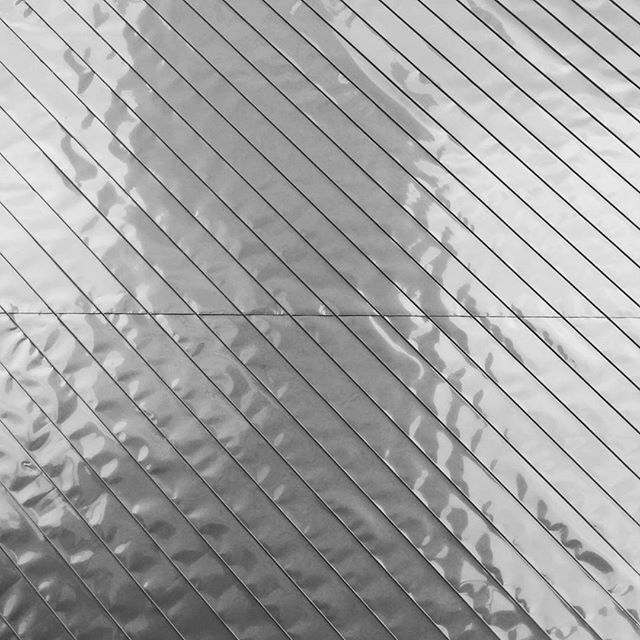
Stationskin by changeist (via https://instagram.com/p/6zNDdTvnbT846TCeVttRbo0xm00HNQxZUboyk0/)

Liam Gillick 2015
H = - Σp (x) log p (x)
OH YES, CLAUDE SHANNON #LiamGillick by hansulrichobrist (via https://instagram.com/p/6zmvRKNloM/)
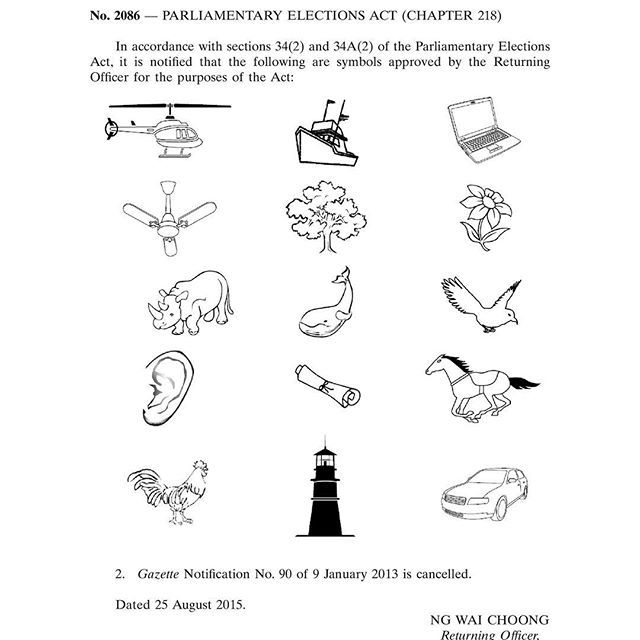
Here are the “approved list of symbols” which can be used in the Singapore election. by honorharger (via https://instagram.com/p/60INXGsuoe/)
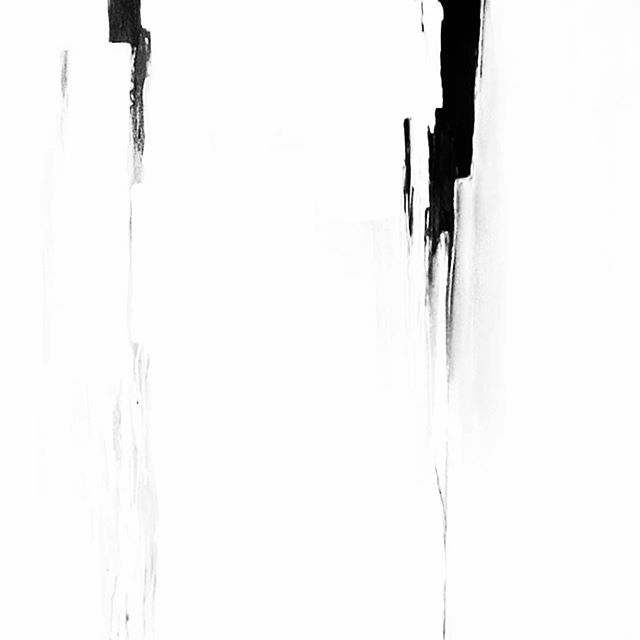
by the_effects_of_silent_noise_ (via https://instagram.com/p/60jIVKjBTt/)
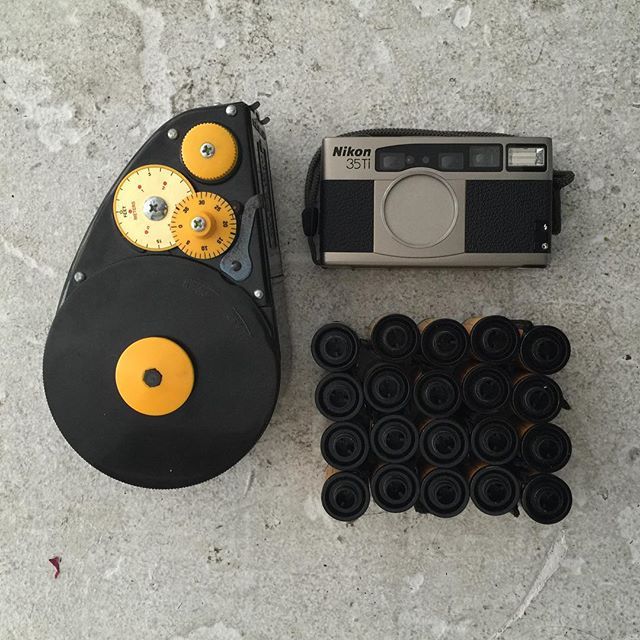
Thanks for the gift of hand-rolled @azombres #shootfilm by carson_lancaster (via https://instagram.com/p/60v394Kup2/)

37 years on! My pearl of wisdom is that while we all grow up numerically we must all strive to stay immature and curious indefinitely! #getlost #birthday #wisdom #advice #everyday #adventures #photography #play #love #learn #nature #balance #curious #explore by thelostexplorer (via https://instagram.com/p/61LTZYgX5b/)
Er hat keine Wohnung, aber er ist kein Obdachloser. Er lebt und schläft in Zügen. Für die „Bahncard 100“ sammelt er Pfandflaschen. Verspätete Züge sind Einnahmequelle. Von einem Leben mit Stopps, aber ohne Halt.

“One clear moment, one of trance One missed step, one perfect dance One missed shot, one and only chance Life is all … but one fleeting glance.” - Sanober Khan by michmutters (via http://flic.kr/p/wyEr42 )



Untitled by Nick31276 (via http://flic.kr/p/xas2WS )

Transsiberian Slitscan Test - section9.co.uk
Between March and April, 2015, my partner and I travelled over 10,000km. We covered one quarter of the way around the planet, the vast majority by train. Using a small, second hand digital camera and a sticky camera mount, I recorded the majority of the train journeys.
What you see is over 200GB of footage, shrunk into a single image using a technique known as slitscan. Every frame, I take the middle column of pixels and concatenate it to the image. Each vertical column of pixels represents 1/30th of a second. This adds up into a huge strip, which is then cut and pasted into a more pleasing rectangle.

Paperwork needed for a flight from Washington, D. C., to London (adopted from Ruffell Smith, 1979), as seen in NASA’s Contractor Report, On The Typography Of Flight-Deck Documentation (PDF, via iamdanw, john v willshire)

Little Planet Curiosity via NASA http://ift.tt/1fxgZFq

by ETWKWWTWK (via http://flic.kr/p/xou1z1 )

IMG_1243.CR2 by t.boyk (via http://flic.kr/p/xoXFSo )
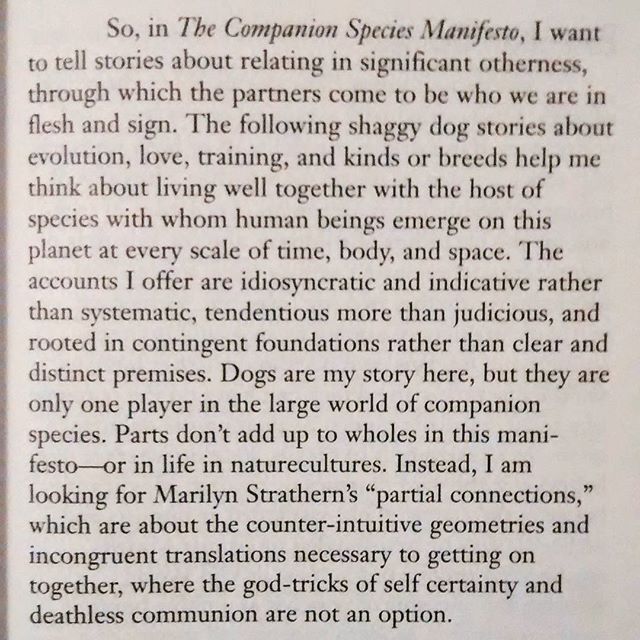
🔥🔥🔥 by strctrnrrtv (via https://instagram.com/p/6sr2IiD0A1/)
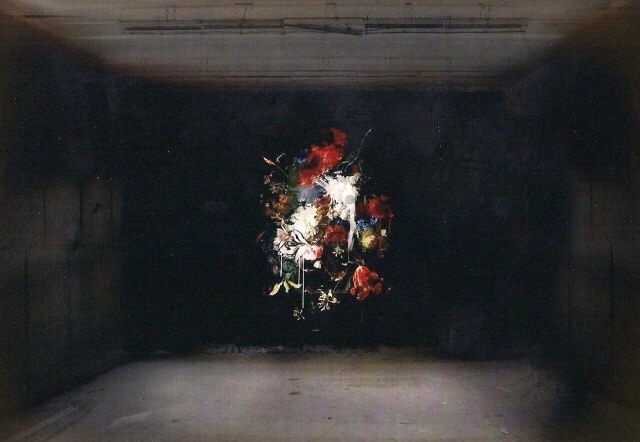
Ted Pim

(via liartownusa)

X-ray view of the Galactic Centre by europeanspaceagency (via http://flic.kr/p/wDpVNr )

Chasing glacier retreat by europeanspaceagency (via http://flic.kr/p/xkXGvY )

Jakobshavn glacier calving by europeanspaceagency (via http://flic.kr/p/wFHtWt )

Not heard the term for a while but pretty sure they used to call this the Drain by genmon (via http://flic.kr/p/xm5eMU )

by (x)99. (via http://flic.kr/p/xmpFWt )

by (x)99. (via http://flic.kr/p/xDvFqg )

Keiichi Tahara (田原桂一) - Cycle: Eclat / 1988-1991

by whachadoin (via http://flic.kr/p/qcMmvb )

La défaite des six by yohannleveillo (via http://flic.kr/p/voMgHx )


“‘Some Bookes are to be Tasted, Others to be Swallowed, and Some Few to be Chewed and Digested: That is, some Bookes are to be read onely in Parts; Others to be read but not Curiously; And some Few to be read wholly, and with Diligence and Attention. Some Bookes may also be read by Deputy, and Extracts made of them by others: But that would be, onely in the lesse important Arguments, and the Meaner Sort of Bookes: else distilled Bookes, are like Common distilled Waters, Flashy Things.’”
–Francis Bacon, ‘Of Studies’ (1625)

Planes, London by Craig Atkinson © (via http://flic.kr/p/wDr796 )

Sin título by joseba.eskubi (via http://flic.kr/p/xxAwZ8 )

Portland, OR by Cheer up, Kafka. (via http://flic.kr/p/xzmzRx )

DPP_7424 by the vitamin b12 (via http://flic.kr/p/xxeY8s )

The picture of a picture of a wall in the picture by Irving Paul Pereira (via http://flic.kr/p/xi372U )

Смотрит грустно by street_happens (via http://flic.kr/p/7fNrfN )


Thelonious Monk - Locomotive by Robert Saucier (via http://flic.kr/p/bYQZrU )

Ripple Effect by Robert Saucier (via http://flic.kr/p/t4oqkq )

wednesday. by (x)99. (via http://flic.kr/p/xfE5hu )
“Being alive means being susceptible to viruses and so on. And far more generally, viruses, patterns, appearance, flowers, art-these are all far from useless, they are intrinsic parts of being a thing at all. Causality itself is something to do with magical seduction. How that amounts to “tyranny” just beats me. To me, reality is literally an anarchy. Artists just aren’t tyrants. They can’t be.”
–Timothy Morton, taken from Bjork’s letters with Timothy Morton (vianataliekane)

Tsiolkovsky’s Space Conquest Diagram.
Konstantin Tsiolkovsky was a Russian rocket pioneer. Although he never built a rocket, Tsiolkovsky’s work was highly influential in the development of Soviet rocket and space technology. He became deaf after contracting scarlet fever at around the age of 10 and from then on he schooled himself, mainly from books in his father’s library. He determined that the Earth’s escape velocity was 8 kilometres per second and showed that this could be achieved using liquid-fuel rockets. He predicted many aspects of space travel, including double-walled hulls for meteor protection and the problems of weightlessness.
“While many have said that Google long ago swept their previous “Don’t Be Evil” motto under their rugs, that might be an oversimplification. When considering how anyone moves into James-Bond-esque super villain territory, I think it’s prudent to remember one of the central tenets of good storytelling: the villain never thinks they’re the villain. Cinderella’s stepmother and sisters, Elpheba, Jafar, Javert, Satan, Hannibal Lecter (sorry friends), Bull Connor, the Southern Slave-holding States of the late 1850’s — none of these people whom we all look at with a clear and rightly assessed scorn ever thought of themselves as being in the wrong. Everyone, every person who undertakes an action for any reason, is most intimately tied to the reasoning that brought them to those actions, and so perceiving that their actions might be “wrong” or “evil” takes us a great deal of special effort.”
–Google’s Dreams - Rebel News - Damien Patrick WIlliams (vianataliekane)

we are building ruins by jonathancastellino (via http://flic.kr/p/xdJyLf )




Fossil fuel companies are benefitting from global subsidies of $5.3tn (£3.4tn) a year, equivalent to $10m a minute every day, according to a startling new estimate by the International Monetary Fund. The IMF calls the revelation “shocking” and says the figure is an “extremely robust” estimate of the true cost of fossil fuels. The $5.3tn subsidy estimated for 2015 is greater than the total health spending of all the world’s governments.

Expédition punitive by yohannleveillo (via http://flic.kr/p/wpmS6z )

chaos land by lars on mars (via http://flic.kr/p/xcnBsM )

SNIKT by lars on mars (via http://flic.kr/p/xt6mjE )

Image taken from page 322 of ‘Rollica Reed. [A tale.] … Illustrated, etc’ by The British Library (via http://flic.kr/p/hW9Lqk )
Test results commissioned by As You Sow, conducted by an independent laboratory, show that one serving of Soylent 1.5 can expose a consumer to a concentration of lead that is 12 to 25 times above California’s Safe Harbor level for reproductive health, and a concentration of cadmium that is at least 4 times greater than the Safe Harbor level for cadmium. Two separate samples of Soylent 1.5 were tested. According to the Soylent website, Soylent 1.5 is “designed for use as a staple meal by all adults.” The startup recently raised $20 million in funding led by venture capital firm Andreessen Horowitz.


SLITSCAN by cjcjcjcjcjcjcj (via http://flic.kr/p/tV92GP )

by 美撒郭 (via http://flic.kr/p/xt8UUZ )

Test mirror segments for the James Webb Space Telescope by europeanspaceagency (via http://flic.kr/p/xtq2P8 )

Untitled(1) by Emma McNally1 (via http://flic.kr/p/xoupsm )

Untitled by Nick31276 (via http://flic.kr/p/xas2WS )



суровые материнские будни 🔩 by chikissecrets (via https://instagram.com/p/6cdVFELuZD/)
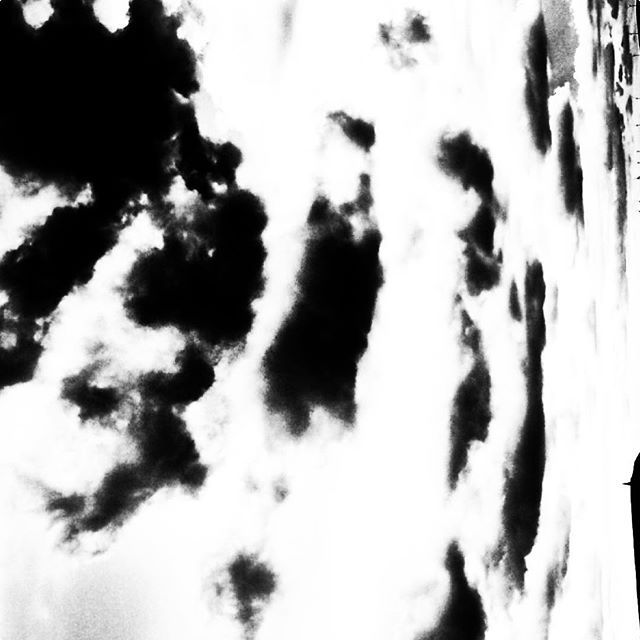
by the_effects_of_silent_noise_ (via https://instagram.com/p/6c57PhDBS2/)

L1021710 (via http://flic.kr/p/xqiaBw )
“The Cecil event goes way beyond the politics of pity. It’s about what Occupy called the 99%. People are so beaten down by modern life that they realize quickly that they have more in common with a lion than with a dentist.”
“I’d assumed all these miles of cable—or, at least, the publicly managed ones—were long-ago mapped, and remapped regularly. It’s one of the agreed-upon best practices of the 1999 Common Ground Study’s section on utility locating. However, the second-most repeated sentiment I heard from locators was “never trust a map.” It’s less a problem of inaccuracy so much as one of incompleteness and outdated records. It’s up to the locator to fill in the gaps with spray paint. Those markings rarely, if ever, end up back in maps (although, as I was also told many times, the only thing a locator should trust less than a map is someone else’s locate markings).”
To investigate the molecular bases of cephalopod brain and body innovations, we sequenced the genome and multiple transcriptomes of the California two-spot octopus, Octopus bimaculoides. We found no evidence for hypothesized whole-genome duplications in the octopus lineage. The core developmental and neuronal gene repertoire of the octopus is broadly similar to that found across invertebrate bilaterians, except for massive expansions in two gene families previously thought to be uniquely enlarged in vertebrates: the protocadherins, which regulate neuronal development, and the C2H2 superfamily of zinc-finger transcription factors.
http://www.nature.com/nature/journal/v524/n7564/full/nature14668.html

Extreme Kerning by Cea. (via http://flic.kr/p/wtjg7P )

by (x)99. (via http://flic.kr/p/xpwj6p )


☾ by EmilyJHansell (via http://flic.kr/p/xn3VcP )

20150805 (via http://flic.kr/p/wtduQH )

20150804 (via http://flic.kr/p/xph9Lm )

20150803 (via http://flic.kr/p/xqEyBg )

20150802 (via http://flic.kr/p/wtdo5P )

The octopus genome and the evolution of cephalopod neural and morphological novelties
Soft-bodied cephalopods such as the octopus (Fig.

saturday. by (x)99. (via http://flic.kr/p/x6XnLN )